Bridging the divide
A look at how basketball has helped unite Canadian-born and immigrant Filipinos in Côte-des-Neiges
By Jesse Feith, Angela MacKenzie, for CBC News
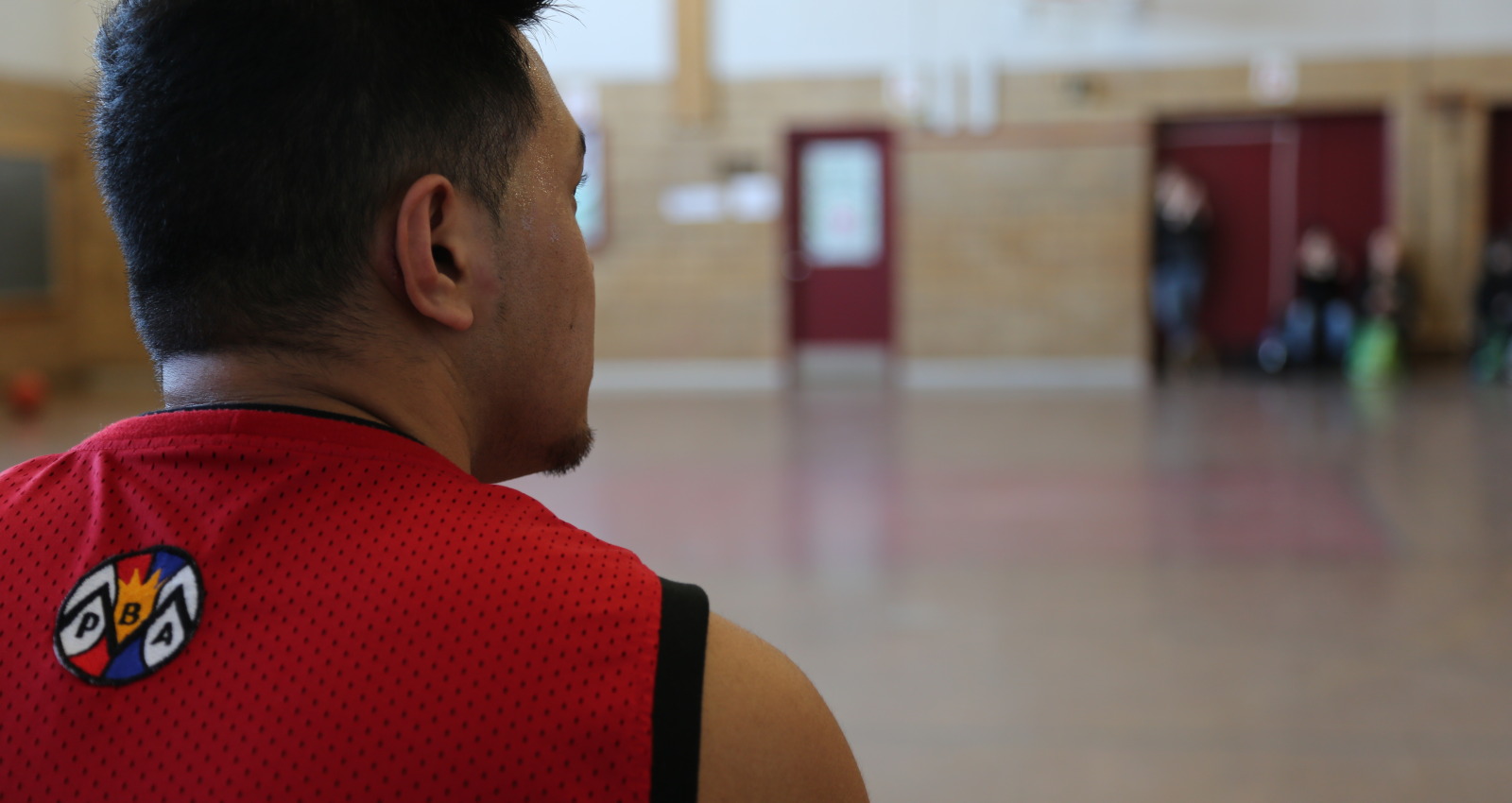
One PBAM member looks on as his team plays a game at West Hill Gymnasium. (Jesse Feith/Concordia Journalism)
Starting Nine
At the age of 12, Jake Maguigad started playing basketball in the Philippines.The game was rougher there than the way it’s played here, but he liked it and stuck with it as he grew older.
He is hesitant to talk about how good he was back then, but like many Filipinos, the pride he takes in the sport eventually comes through.
“I was a squirt, I didn’t grow very fast,” he says. “But I could play, you know?”
In 1969, he moved his family to Côte-des-Neiges so they could strive for a better economic reality than what they had faced back home.
Maguigad wanted to keep playing the sport that had become such a large part of his life.
“Every Filipino loves basketball,” he says. “It’s in our blood.”
Robert De Guzman had moved to the neighborhood six months earlier from Manila, where he says you can’t walk a block without seeing a court on every corner and makeshift hoops hanging from coconut trees.
When he was young his mother placed a flower pot under their front window with a round bracket. He says he’d drive her crazy by constantly removing the pot in order to practice his shooting through the bracket.
Together, De Guzman and Maguigad had the idea of starting a basketball league in Côte-des-Neiges to bring together other Filipinos who had recently immigrated.
They started asking around and looking for players, but it wasn’t long before they ran into a problem: it was 1970 and the Filipino community in Montreal was small.
They scraped together nine Filipino players.
“We had to befriend a Spaniard to make it 10,” laughs Maguigad. “We gave him an honorary spot in our league.”
Mobile users: Watch the video here
“There was also the problem that it was cold,” added De Guzman. “It was hard to get Filipinos who were in Canada for the first time to come out in the cold weather.”
The next year, together with other Filipinos in the neighbourhood, they founded what was then called the Filipino Athletic Association of Montreal.
Known today as the Philippine Basketball Association of Montreal, De Guzman and Maguigad can still be seen taking in the games the league hosts every weekend in Côte-des-Neiges.
“Jake and I, we never separated. We always helped each other,” says De Guzman.
And as they soon found out, there would be times when they needed to help each other more than others.
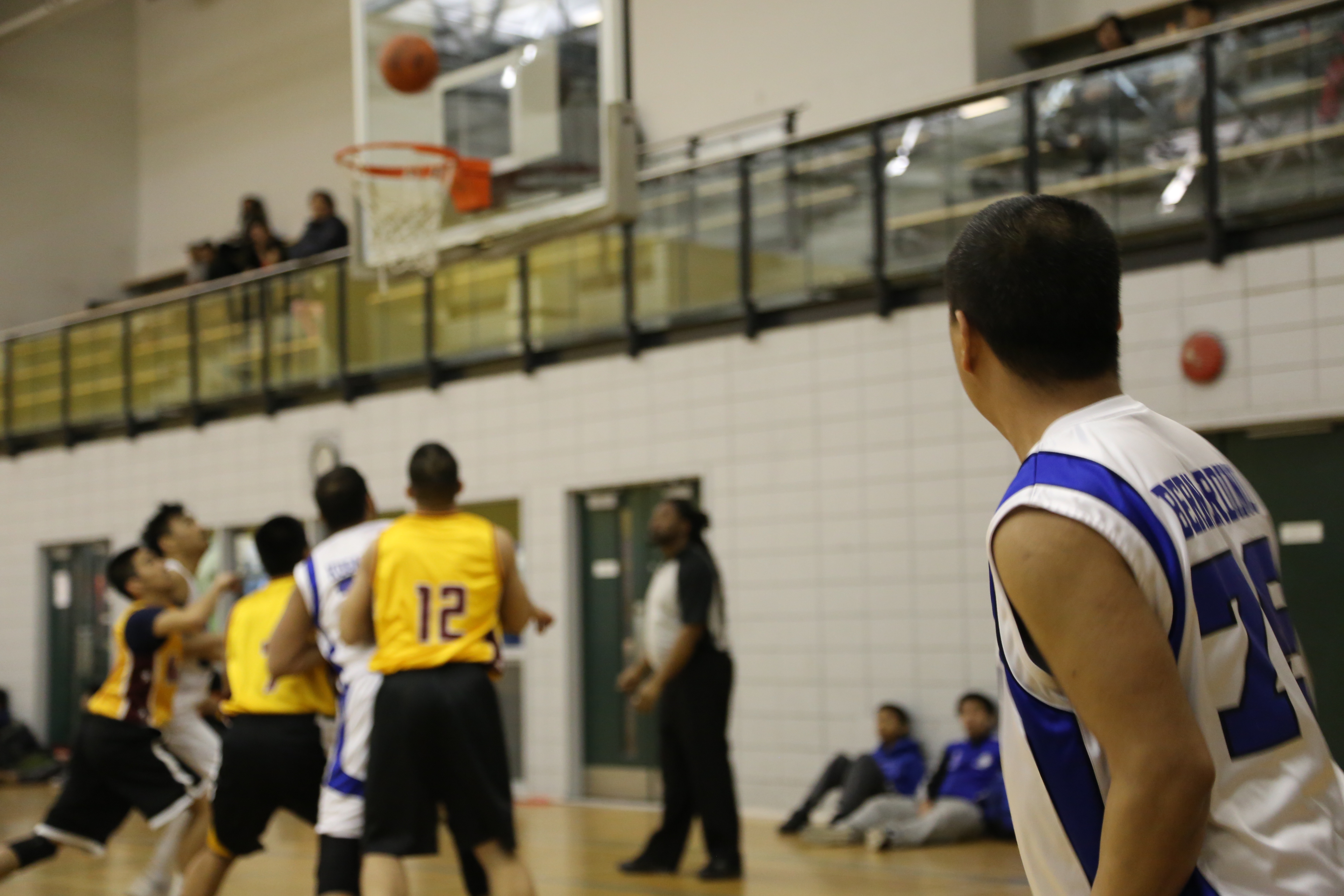
Tumultuous times
There was a period in the 1980s when the organizers strongly considered shutting down the PBAM.
With an influx of Filipinos settling in Montreal, divisions started forming between immigrant Filipinos and those who were Canadian-born.
It was a clash of cultures being felt both on the PBAM courts and on the streets of the neighbourhood, where rivaling gangs were growing in numbers.
“The kids coming from the Philippines were having trouble with the kids who grew up and were born here. It was like two solitudes,” says Maguigad.
Teams in the league were starting to be divied up based solely on where players were born, elevating the in-game intensity to new heights.
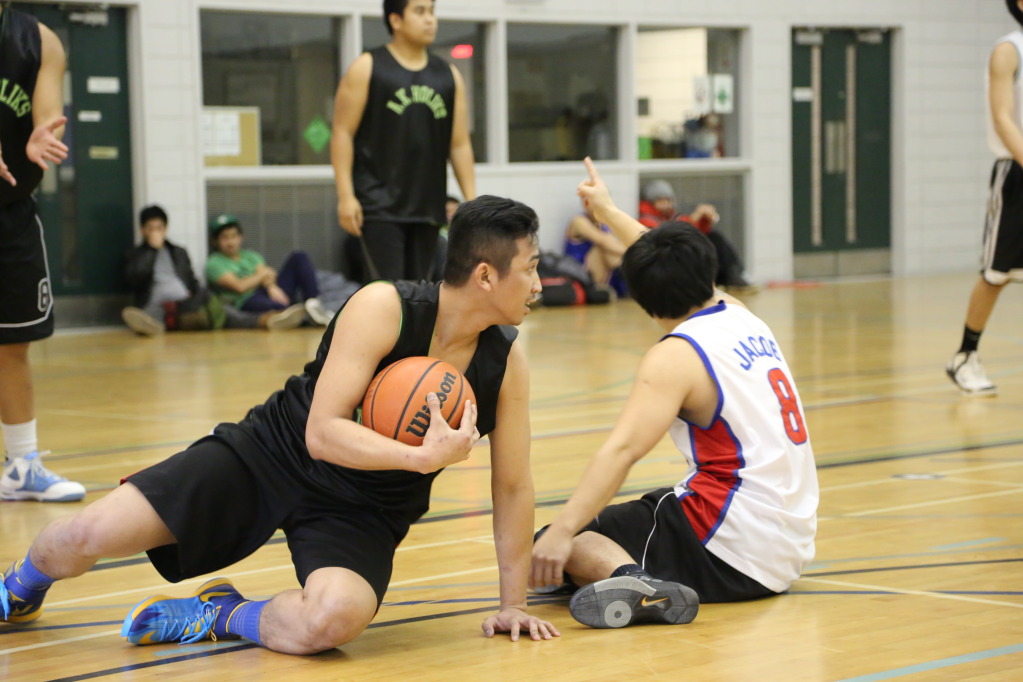
“There were fights amongst the players on the teams. The championship one time wasn’t even finished, because three minutes into the game, there was a scuffle, a fight and the referee had to leave,” he says.
“The Filipinos who freshly arrive here, they’re kind of wild. But the ones that were born here are more refined, there was a clash,” says De Guzman.Through the league, they tried to help newly arrived immigrants adapt to their new surroundings. When games would take place late at night, both men would wait outside the gyms where different groups would be waiting for the other to emerge.
De Guzeman started receiving calls from Station 20 in Côte-des-Neiges when Filipino youth were brought in for misconduct, and often found with several weapons on them from back home like arrows and jungle bolos.
“The policemen were wondering why these kids were carrying these. I had to explain to them that in the Philippines, it’s survival of the fittest. I would go there just to make sure that their human rights weren’t being violated, that they’re okay, then I would call the parents and explain why they are there and the consequences,” he says.
De Guzman became an important link between the neighbourhood’s young Filipinos and local police when needed.
“That was part of the PBAM.”
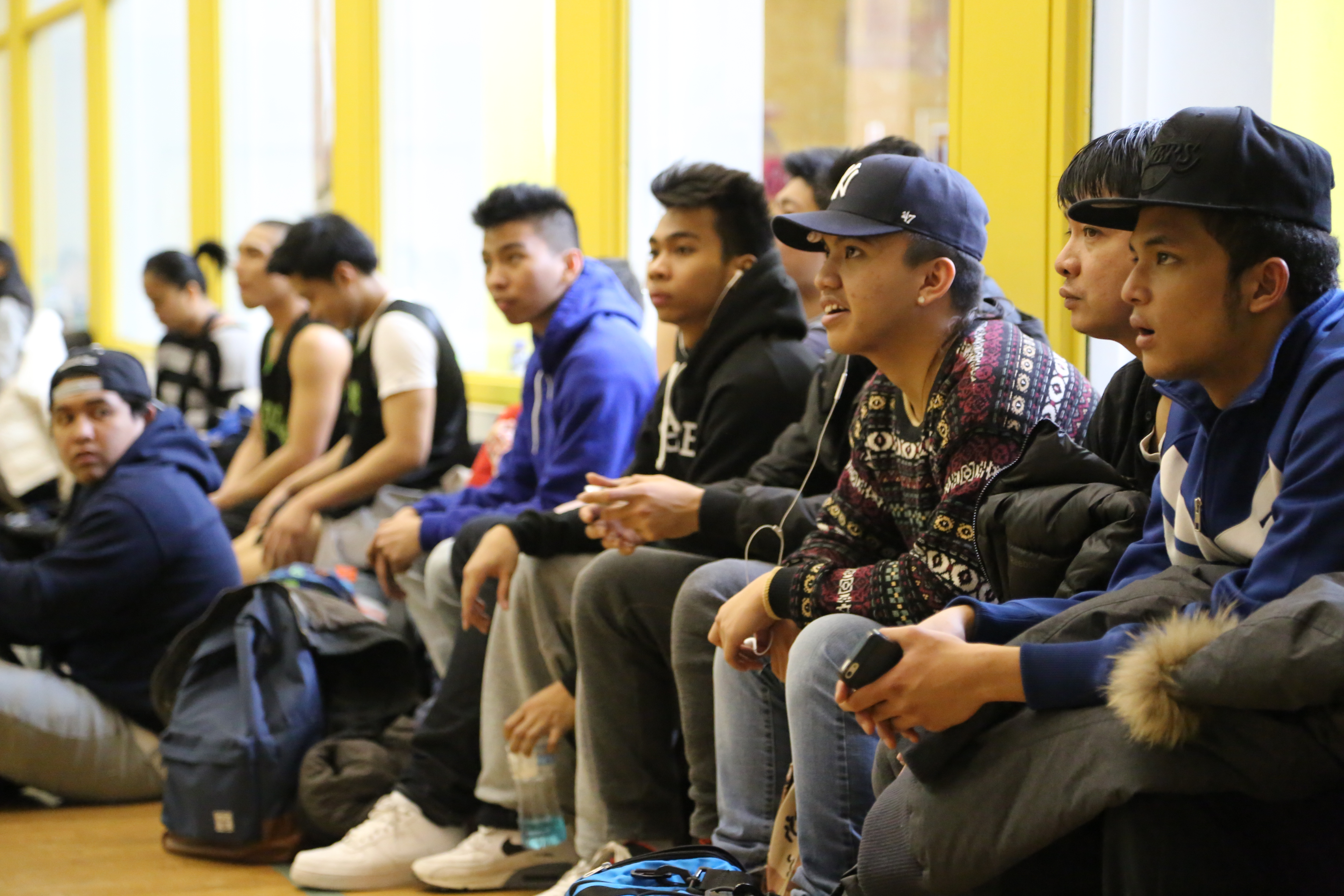
A background of struggle
Like the game of basketball itself, the Filipino community in Côte-des-Neiges has ebbed and flowed since the 1970s.
To understand many of the issues facing young Filipinos here, you have to understand their backstory, explains Roderick Carreon.
“That’s what people don’t know,” he says.
Sitting in a local coffee shop on Côte-des-Neiges Blvd., he’s a few blocks from the small apartment he first moved into as a 10-year-old boy in 1986.
And he’s also a short walk from the apartment where he would later sleep at night, clutching his guns under his pillow, unsure of what the Filipino gang life he had immersed himself in would bring to his door come morning.
This fate he says grabs hold of many young Filipinos who move to Montreal.
“Kids are plucked from their home country and brought to Canada with no prior knowledge and expected to integrate,” he says. “For many, joining gangs is a way of fitting in, a defense mechanism.”
Initially, he says, Filipino families were allowed to immigrate as couples. Then a law change made it so Filipinos could only come to Canada as individuals. Carreon says that provoked many of the issues that plague the community as a whole.
Mothers would move to Canada under the condition of working a seven-year contract, often leaving young children and spouses behind.
With more Canadian women working full-time jobs, a demand for nannies increased. This demand was often filled by Filipino mothers, adding a second or third job to their day-to-day.
“That’s where the migration of domestic workers started. So when the women of Canada got liberated, the women of the Philippines got oppressed,” says Carreon.
When the children left behind in the Philippines finally come to Canada seven years later, there’s a disconnect within the reunited family.
“When the kid joins the family here, they’re strangers. They don’t know each other,” he says.
Young children join households where their mothers are more often than not working multiple jobs and hours to makes end meet.
When a 10-year-old Carreon moved to Côte-des-Neiges, he couldn’t bring himself to hug his mother, feeling like he didn’t know her. He tried integrating at his school, but already demoralized from his troubles at home, he couldn’t make it work.
“So at the age of 10, you already have these psychological things going on in your life, for a kid it’s sometimes really, really hard,” he says.
“No one in the Philippines warned me that life would be like this here. Things weren’t clear for me, as a person, I didn’t know what happened,” he says.
At the time, there were six or seven Filipinos at his Côte-Saint-Luc high school. Often bullied, and going through the same troubles at home, they decided to start protecting each other.
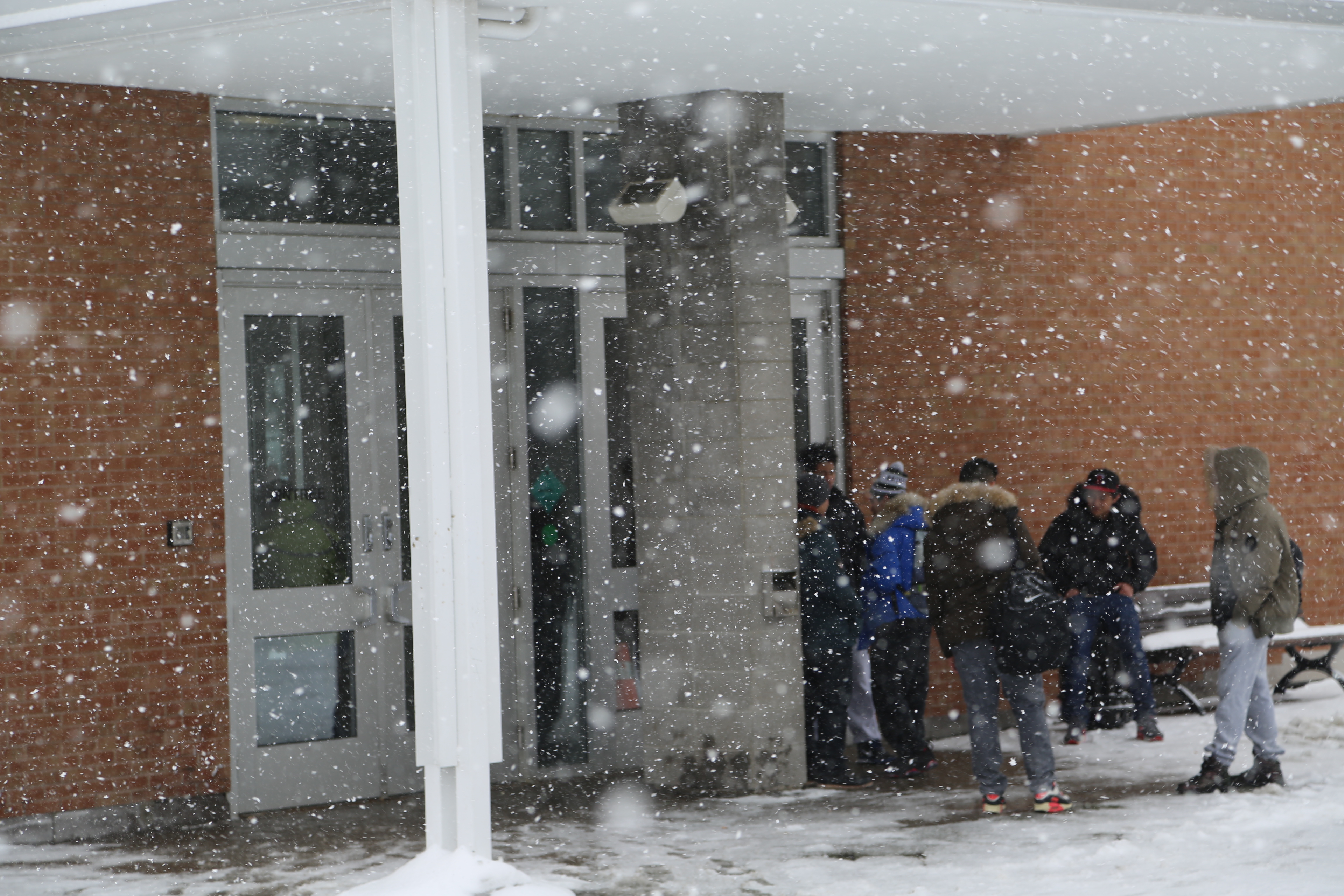
“That’s how it starts,” he says. “We started fighting back. We’re good at fighting? Let’s try something else, start stealing. We’re good at stealing? Let’s organize, maybe we could do this much better. Then came the drugs, the money,” he says.
“It’s all really tempting lifestyle, so if you’re dangling this in front of kids who are experiencing problems, it becomes really tempting. Very, very tempting.”
As he grew older, he got more and more involved in the gang life.
He remembers coming home one night only to find his father telling him to leave.
“You have to go,” his father told him. “They’re going to kill you, today.”
Carreon and his friends had crossed the wrong gang, and they were coming for his life.
“There are certain rules in the community that you cannot cross, we didn’t know. We were young. We were aggressive,” he says.
He went back to the Philippines. “I left, and all I had was a duffle bag with a bunch of fake credit cards,” he says.
When his first child was born after returning to Montreal, Carreon started taking steps out of the life had been a part of since his early teens.
He found himself practicing a routine each day: what he would do if people came looking for him at his apartment.
“I would grab my kid, grab my gun, shelter my kid and shoot. If they come from the front door, the other door, I was ready,” he says.
He started fearing what would happen to his kid if he kept that lifestyle up. And so he decided to get out.
He started working real jobs for the first time in his life and eventually became a labour activist. Later, he founded Kabataang Montreal, where he’s helped countless Filipino youth who found themselves in situations similar to his.
“There’s only two sides to choose, the right side and the wrong side. If you’re not giving a good option for the youth, they’re going to take another side,” he says. “If you’re not giving them any options, you’re pushing them in that direction. You’re criminalizing your youth, you’re destroying your community.”
One of the options for today’s Filipino youth in Côte-des-Neiges is basketball.
Over the last two decades, the PBAM has focused its efforts on that option, getting youth involved in the game and off the streets.
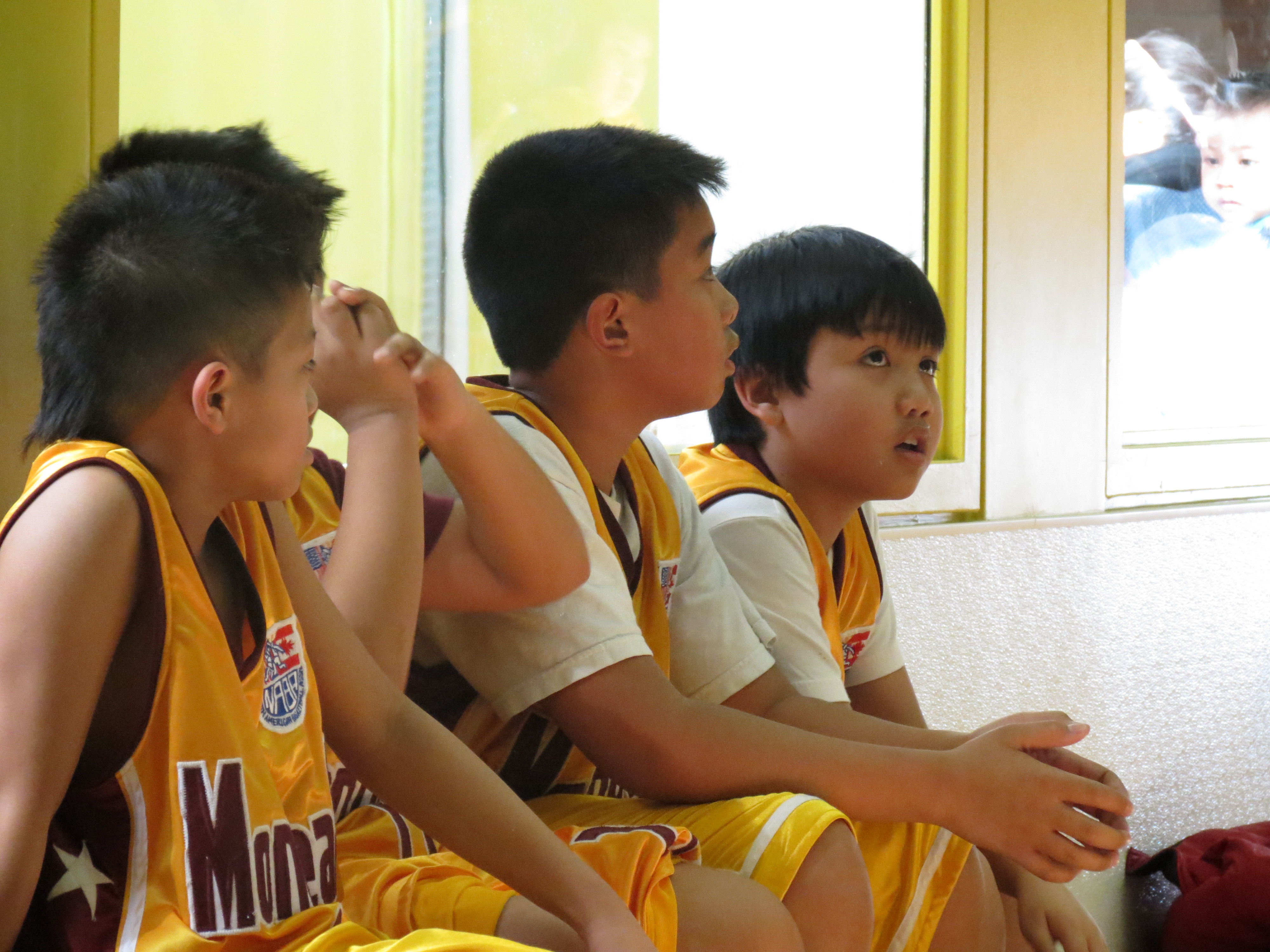
A community united
In today’s PBAM, there’s very little tension to be felt anywhere.
It was in the mid-90s that Maguigad decided to focus the league solely on the divisions among the youth, forcing out many of the older players that had turned it into a boiling point of rivalries rather than a way of connecting the community.
It was an ambitious gamble by Maguigad, but he says he knew that with time everyone would understand what the PBAM was attempting to accomplish by grandfathering out the tension that underlied a lot of the league games.
“At first the guys who were shut out were at my neck,” he says. “They didn’t realize that what we were doing was for the good of everybody.”
“I told them, just wait,” he says.
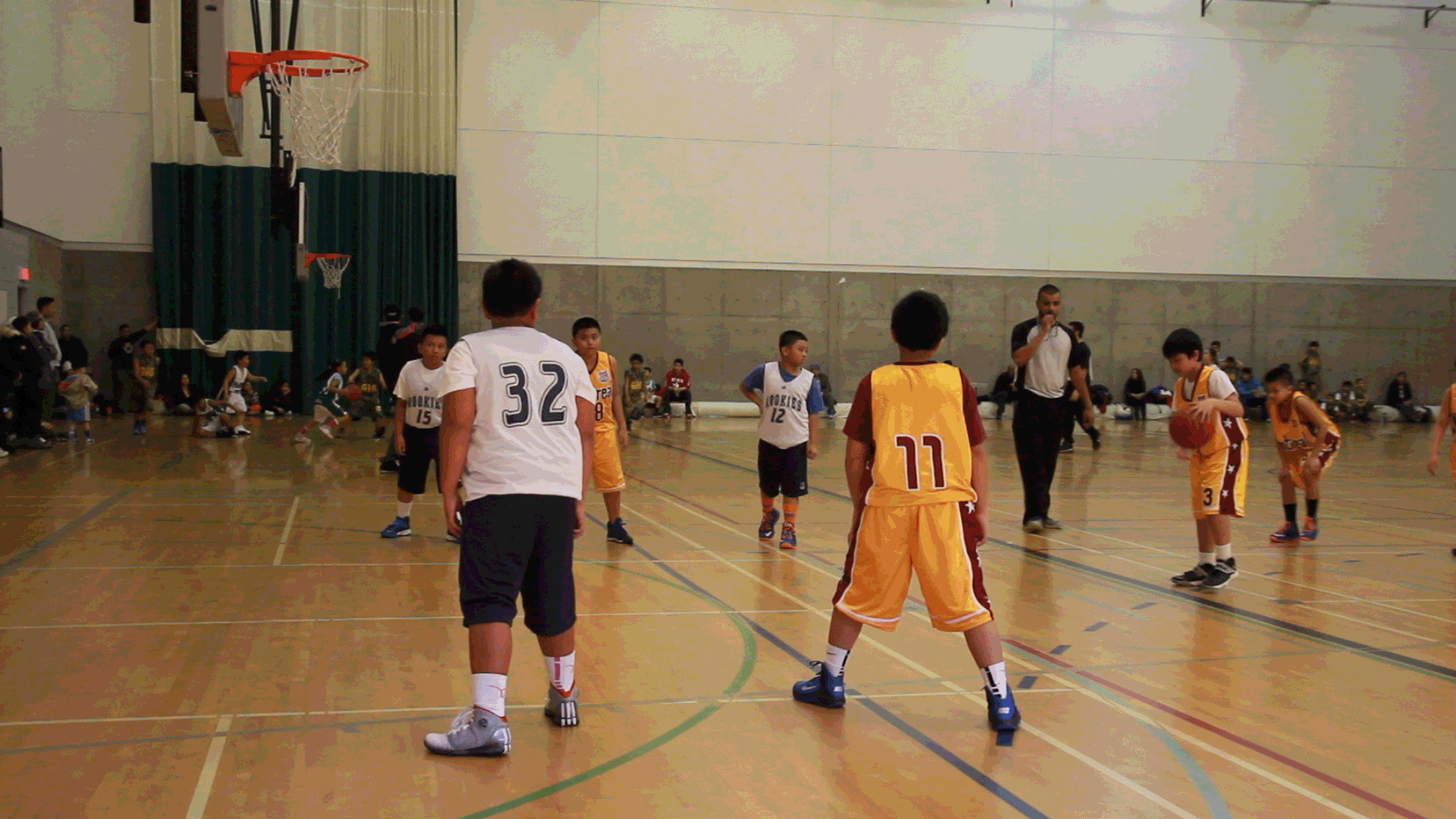
Within years the association was brought back to what it was first intended to be: a gathering point for Filipinos who could connect over a shared passion of a game from back home.
Rick Aquino currently serves as the league’s president. When his family first moved to Montreal, they chose to settle in the East End, a decision he says left him feeling disassociated with the Filipino community.
“I thought I was the only Filipino in town,” he says. “I was 12 years old, I lost my dialect, my language, my own mother tongue.”
Eventually he came across some Filipinos who asked him if he played basketball. He said he did, and at the age of 15, he started playing in the PBAM.
Tough he wasn’t involved at the time, he knows of the struggles the association had to go through before becoming what it is today.
“What Jake did was try to swing the pendulum, decrease the problems we were having in the older divisions, and start doing it more for the community, as a service for the younger kids,” he says.
That’s the PBAM that Aquino oversees today, one that’s sees hundreds from the community gathering in Côte-des-Neiges gyms each weekend. The older divisions take the court in the morning before making way for the younger players in the afternoons, parents oftentimes watching from the sidelines, grandmothers serving Filipino dishes just outside.
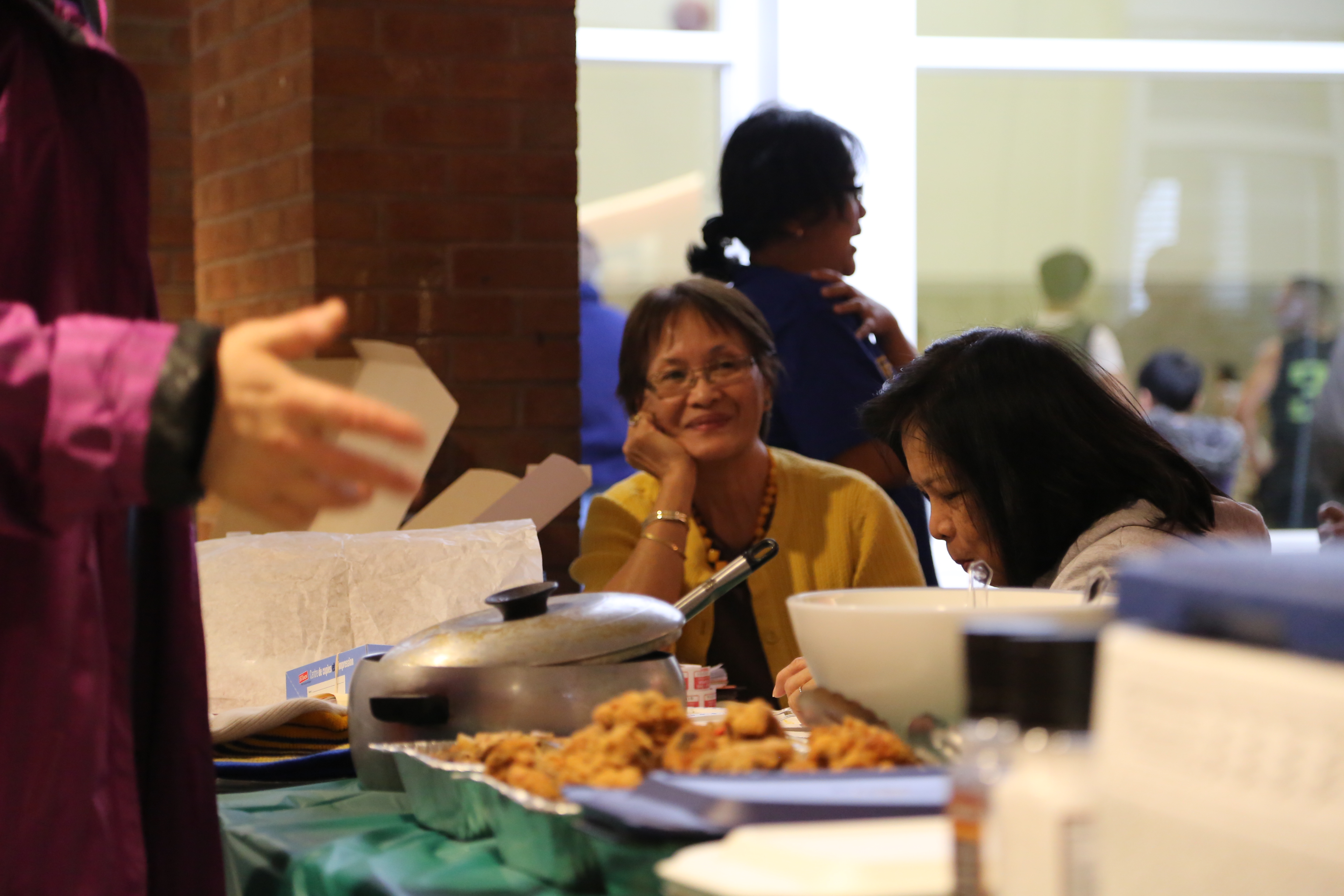
“There are a lot of families where the father is still back home, so the mother being able to bring her kid here, it helps alleviate that stress,” Aquino says.
Today, the PBAM encompasses more than 50 teams throughout its different divisions, bringing together more than 600 people from the Filipino community each weekend. It’s come a long way from the days when it could find enough players to fill two teams and has provided an outlet for Filipinos in the neighbourhood for nearly half of a decade.
For Maguigad ,however, the association’s true success is on display outside the basketball court’s lines.
“There’s more kinship now, because of this basketball,” he says.
“That’s what I treasure. We did a lot. We did a lot to integrate the Canadian born and the Filipino born. The divide is good now. We did a lot to bridge that gap.”


Search
RECENT NEWS
Follow us on Facebook
Follow us on Twitter